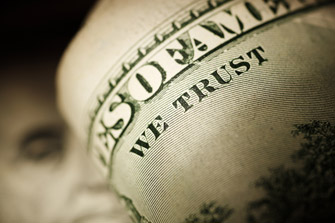 No book that broaches the subjects of the intersection of economics and psychology would be complete without a discussion of Adam Smith, hailed as the father of modern economics.
No book that broaches the subjects of the intersection of economics and psychology would be complete without a discussion of Adam Smith, hailed as the father of modern economics.
Smith (1723-1790), a philosopher and Scot is considered the founder of modern economic theory. Smith had infinite faith in humanity; he believed that people would act in their own self-interest and produce the goods/services that would be required by society as a whole.
Somewhat of a poet, Smith contended that an “invisible hand” was the mechanism behind self-regulation. His magnum opus, ‘The Wealth of Nations,” was published in the year of our Independence, 1776.
Smith felt that a free market economy could run on its own steam, on automatic pilot. Smith’s key concept supported a laissez-faire attitude (the French term literally means “let do,” as in leave it be) by the powers that be, the government, though Smith never actually used that term.
In essence, he felt that the market would take care of itself and he believed in harmony and growth, and he was an outspoken opponent of government intervention, product regulations, trade restrictions, and labor laws.
This metaphor of the invisible hand, also known as the invisible hand of the market, is a fascinating concept of what Smith perceived as the self-regulating nature of the marketplace, which he coined initially in “The Theory of Moral Sentiments.” For Smith, the invisible hand was the concurrence of the forces of self-interest, competition, and supply and demand, which he noted would be capable of allocating resources in society.
I liberally refine this theory to purport that there are many invisible hands, plural, that are competing and collaborating to shape and re-shape our economic landscape and, ultimately, our existence.